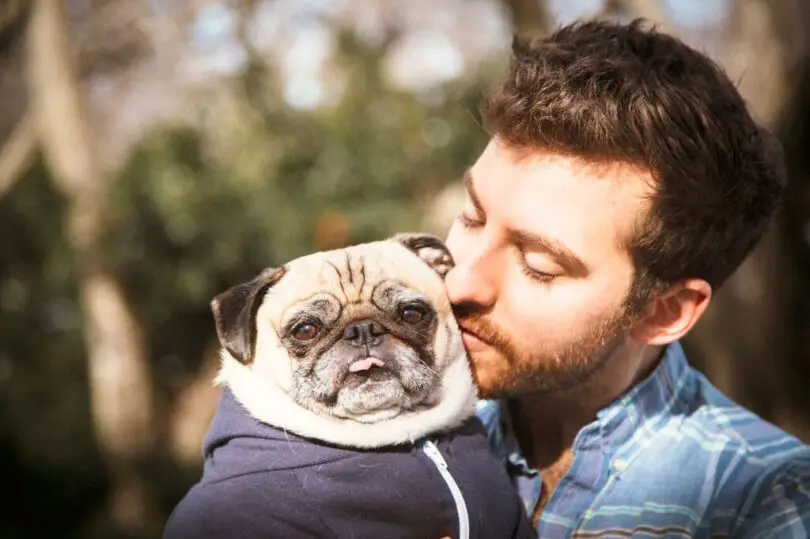Pugs are renowned for their friendly and sociable nature, making them excellent companions for both families and individuals. Socialization is a crucial aspect of raising a well-adjusted and happy pug. Whether you have a new puppy or an adult pug, here are some tips to help your furry friend become a social butterfly.
- Start Early:
Early socialization is key to shaping your pug’s behavior. Introduce them to various people, places, and situations during their puppyhood. The critical socialization window is between 3 and 14 weeks of age, so expose them to positive experiences during this time to build confidence.
- Positive Exposure:
Make every new experience positive for your pug. Use treats, praise, and affection to reward calm and positive behavior in new environments. This positive reinforcement helps them associate new situations with good things, making them more comfortable and confident.
- Meet Different People:
Expose your pug to a diverse range of people, including adults, children, and individuals with different appearances and voices. This helps them become comfortable around various personalities and reduces the likelihood of fear or anxiety in different social settings.
- Canine Companions:
Arrange playdates with other dogs to enhance your pug’s social skills. Pugs generally get along well with other dogs, and positive interactions with their canine counterparts contribute to their overall well-being. Supervise play to ensure it remains positive and fun.
- Explore Various Environments:
Take your pug to different places to expose them to various sights, sounds, and smells. This can include parks, busy streets, pet-friendly stores, and outdoor events. Gradually increase the complexity of environments to build their confidence in new surroundings.
- Positive Vet Visits:
Make regular vet visits a positive experience. Take your pug to the vet for brief, positive visits, rewarding them with treats and praise. This helps them associate the vet’s office with positive experiences, reducing stress during future visits.
- Ongoing Socialization:
Socialization isn’t a one-time event; it’s an ongoing process. Continue exposing your pug to new experiences, people, and environments throughout their life. This helps maintain their social skills and ensures they remain comfortable in various situations.
- Read Your Pug’s Cues:
Pay attention to your pug’s body language and cues. If they show signs of stress or discomfort, such as trembling, cowering, or excessive panting, remove them from the situation and provide reassurance. Gradually reintroduce them to the situation with patience.
- Training Classes:
Enroll your pug in positive reinforcement-based training classes. These classes not only provide essential obedience training but also offer opportunities for controlled socialization with other dogs and people under the guidance of a professional trainer.
Conclusion:
Socializing your pug is an investment in their overall well-being and contributes to a harmonious relationship between you and your furry friend. With positive exposure, ongoing experiences, and a watchful eye on their cues, you’ll help your pug blossom into a social butterfly, ready to charm everyone they meet.


Leave a Comment